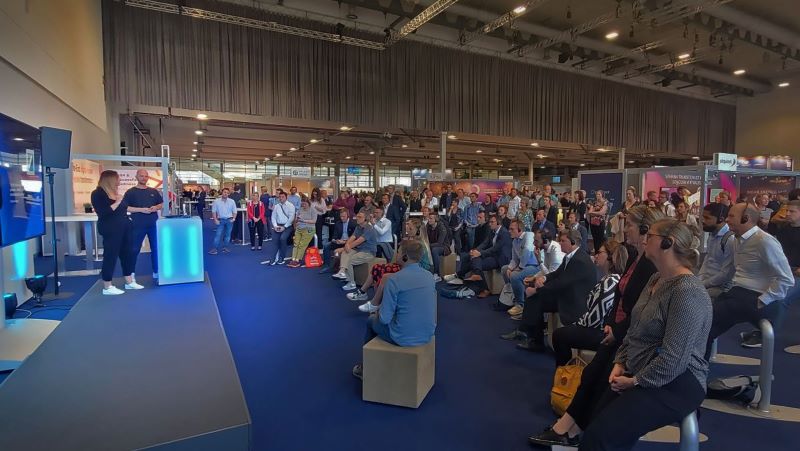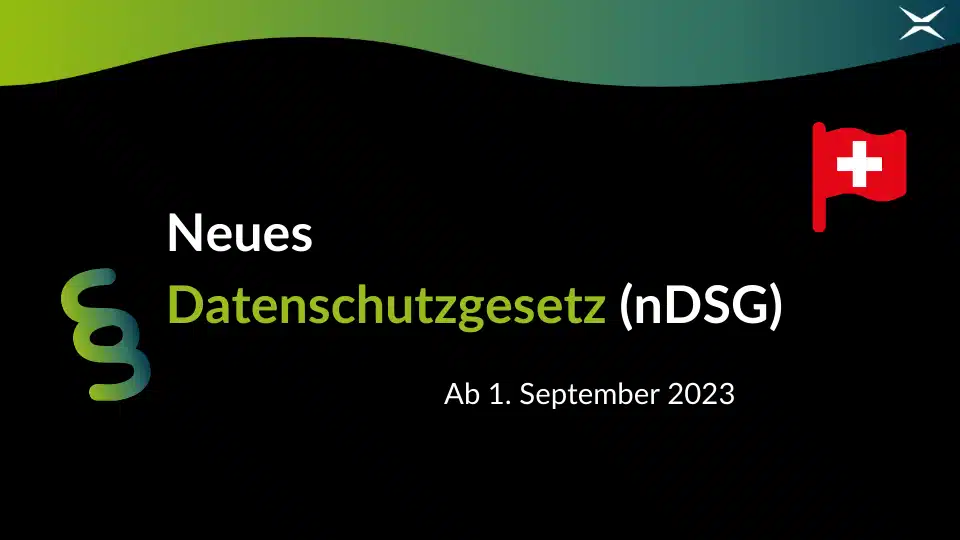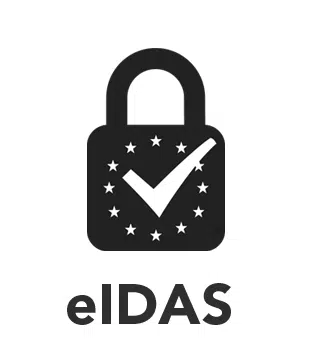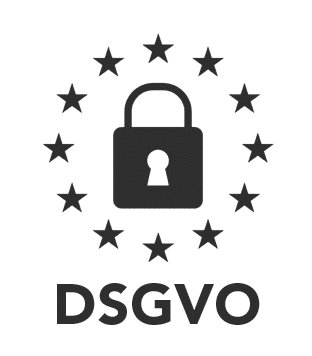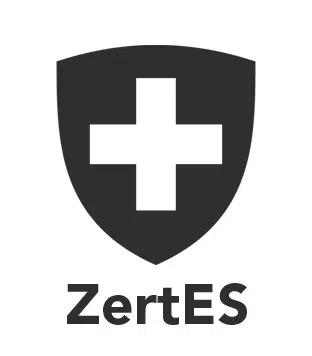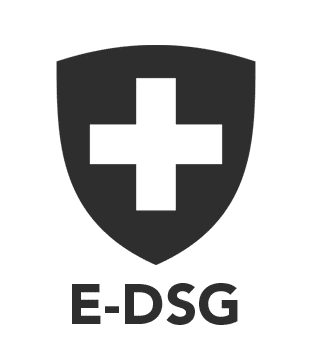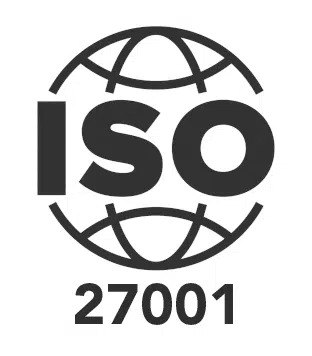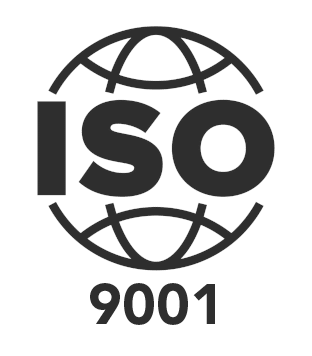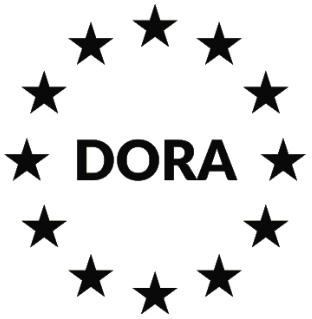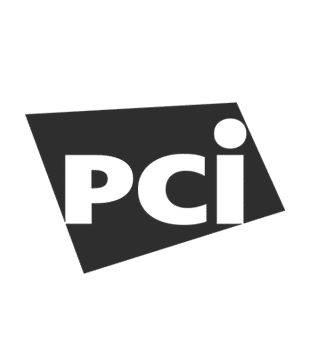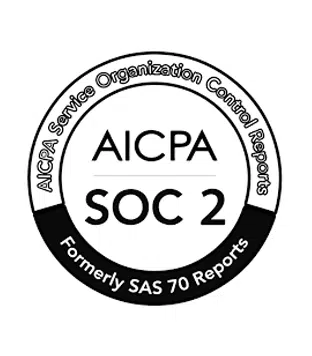Martin, what are you doing in the USA right now?
Martin Koch: My team and I are on our way to the SAP TechEd in Las Vegas. Before that, we had an appointment with our publisher in New York for a translation of an SAP book…
... and now your new book "SAP Fiori Elements" has been published. 445 pages of concentrated expertise for users. This is the seventh SAP specialist book you have written. How did the series and the current book come about?
I got in touch with SAP Press as a result of the launch of the specialist book series on the subject of “Security”. Together we developed ideas for key topics, such as the classic SAP Fiori. As this topic was assigned to another author, my team and I decided to dedicate the first book to security in the Cloud. The collaboration was a complete success and was followed by the titles on SAP Mobile Services and SAP Fiori Elements. We are currently translating the book on Fiori Elements into English to meet the demand on the global SAP market.

How would you describe Fiori Elements in Telegram style?
From a purely technical point of view, it is a user interface based on SAPUI5, a framework that is comparable to React. Fiori Elements is designed for those who do not want to do their own programming. SAP is pursuing a low-code development approach here.
What does this mean specifically?
With Fiori Elements, anyone can theoretically create SAP Fiori apps without Java Script programming. This frees up a huge amount of human resources. Despite this minimisation to the essentials, Fiori Elements can cover 80% of all use cases. To this end, SAP has identified the central use case patterns of SAP users.
So the aim is to support developers in achieving good results a lot faster than before?
Essentially: Yes. Fiori Elements is not a library, but a paradigm and a collection of best practices. In my view, the design issue has also been convincingly resolved with Elements: the underlying SAP Fiori and the SAPUI5 frameworks now also enable a standardised look and feel, thus ensuring better orientation for users.
The low-threshold low-code concept is now also the basis for SAP Build. Do you also see this as an opportunity to counter the shortage of IT specialists?
Definitely. Companies need more and more solutions that can be integrated into the existing IT architecture without any special programming effort. MOXIS, for example, can be easily used in SAP via an API.
You recently supported the XiTrust team at the DSAG in Leipzig. Has the electronic signature arrived in the SAP world?
It has become a huge topic, as you can see from the fact that SAP has entered into a strategic partnership with a single provider of electronic signatures. But not all users are satisfied with this, as we discovered in many discussions in Leipzig. There is an increasing demand for customised, high-support solutions that, like MOXIS from SAP Silver Partner XiTrust, are based purely upon European law – and therefore offer convincing performance in terms of data protection.


